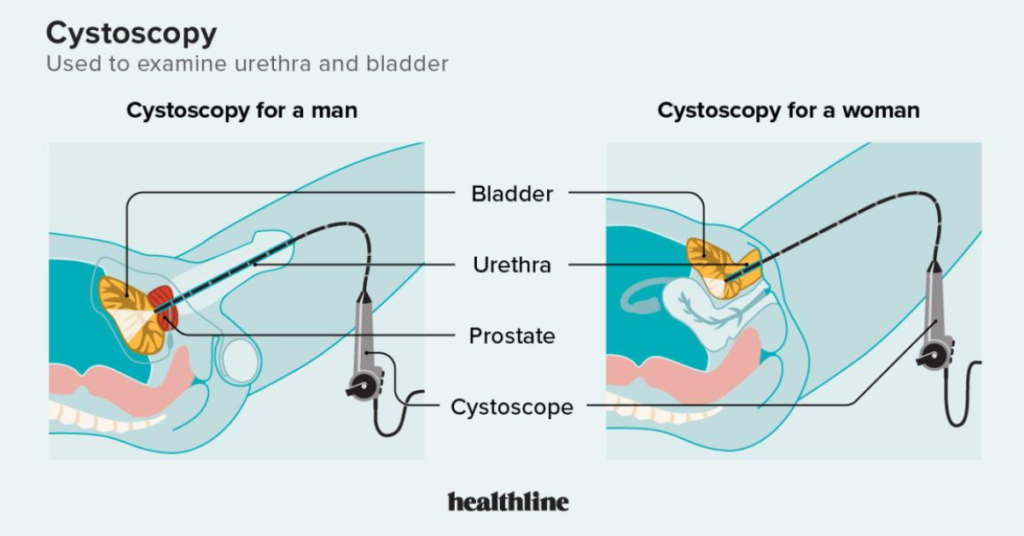Bladder cancer is one of the most common cancers, affecting many individuals worldwide each year. Recognizing bladder cancer symptoms early is essential for improving treatment outcomes and increasing survival rates. This article will explore the most frequent symptoms of bladder cancer and highlight the importance of early detection.
Understanding Bladder Cancer
Bladder cancer occurs when abnormal cells begin growing uncontrollably in the bladder, a hollow organ that stores urine. The most common form of bladder cancer is urothelial carcinoma, also known as transitional cell carcinoma. Detecting bladder cancer symptoms early can significantly improve the chances of successful treatment.
Common Bladder Cancer Symptoms
Early identification of bladder cancer symptoms can make a major difference. Below are some of the most common signs to watch for:
Blood in Urine (Hematuria)
Blood in the urine is one of the earliest and most common bladder cancer symptoms. It may not always be visible to the naked eye and can only be detected through a urine test. The presence of blood might come and go, but it is important not to ignore even a small amount of blood in the urine.
Frequent Urination
A person with bladder cancer might feel the need to urinate more frequently, especially at night. This increase in urination frequency is a common symptom that occurs when tumors irritate the bladder.
Pain During Urination
Experiencing pain or a burning sensation while urinating can be another bladder cancer symptom. It is often mistaken for a urinary tract infection (UTI), but if it persists despite treatment, it may require further medical attention.
Urgent Need to Urinate
An urgent need to urinate, even when the bladder is not full, can also be a warning sign. This discomfort is often accompanied by other bladder cancer symptoms, making it crucial to seek a diagnosis.
Lower Back Pain
As bladder cancer progresses, some individuals may develop pain in the lower back or pelvic area. This symptom should be evaluated, especially if combined with other bladder cancer symptoms.
The Importance of Early Detection
Early detection of bladder cancer is key to improving treatment outcomes. When bladder cancer symptoms are noticed early, it allows for a broader range of treatment options and increases the likelihood of successful recovery.
- Improved Survival Rates
Bladder cancer detected at an early stage, while still confined to the bladder, is associated with much higher survival rates. By acting on bladder cancer symptoms quickly, individuals can seek medical attention before the disease spreads. - Less Aggressive Treatment
When caught early, treatments for bladder cancer can be less invasive. In some cases, surgery may be sufficient to remove the tumor without more aggressive interventions like chemotherapy or radiation.

Diagnostic Methods for Bladder Cancer
If bladder cancer symptoms are present, healthcare providers may use several diagnostic tools:
- Urine Tests: These tests can detect blood in the urine and help identify cancerous cells.
- Cystoscopy: A thin tube with a camera is used to view the inside of the bladder and detect abnormal growths.
- Imaging Tests: Tests such as CT scans or MRIs provide detailed images of the bladder and surrounding organs.
Who is at Risk?
While anyone can develop bladder cancer, certain factors increase the likelihood, including smoking, exposure to industrial chemicals, and age. Individuals with these risk factors should remain vigilant for bladder cancer symptoms.
Conclusion
Recognizing bladder cancer symptoms early can significantly improve treatment success and survival rates. If you experience any symptoms such as blood in the urine, frequent or painful urination, or lower back pain, consult a healthcare professional promptly. Early detection is key to managing bladder cancer and improving outcomes.
